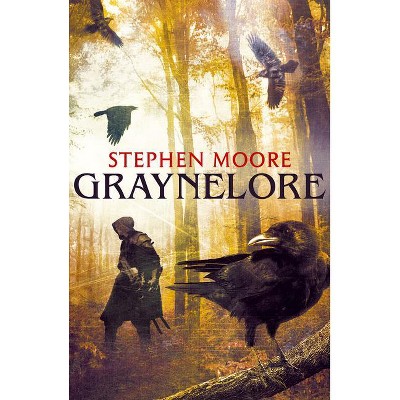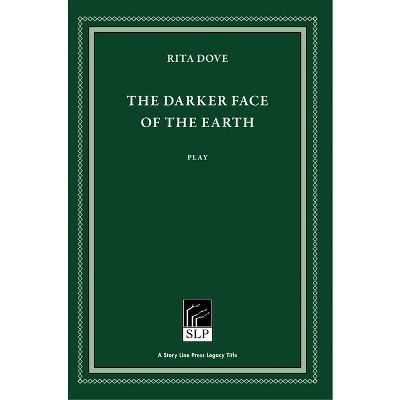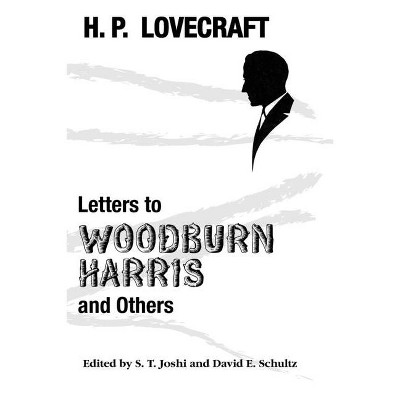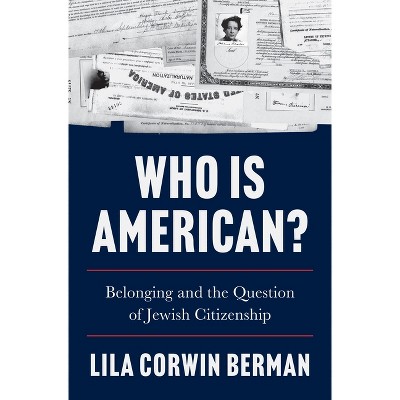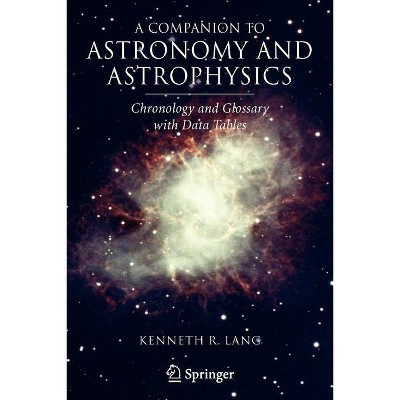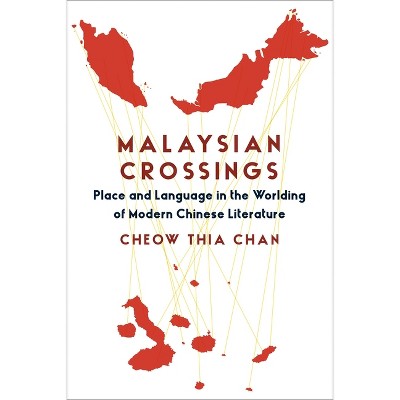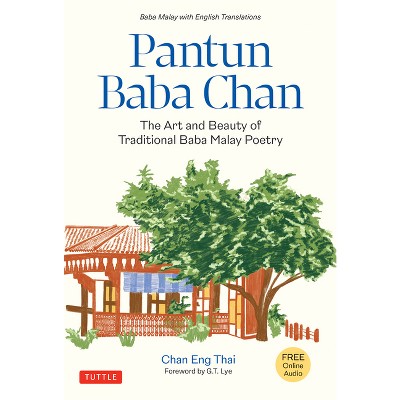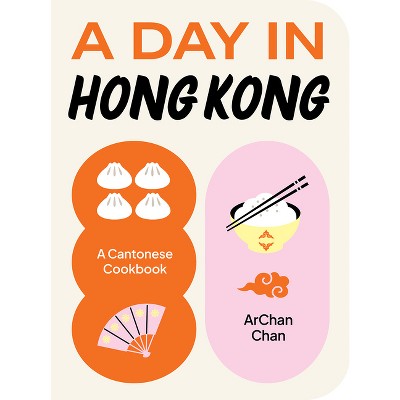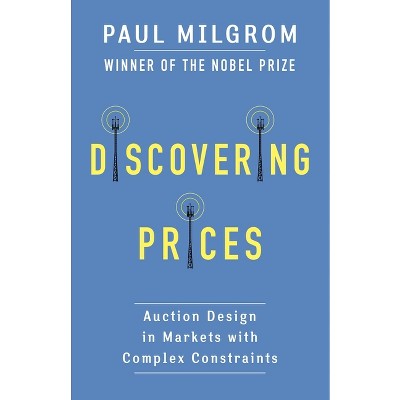Sponsored

A Companion to the Story of the Stone - by Kenneth Hsien Pai & Susan Chan Egan (Paperback)
In Stock
Sponsored
About this item
Highlights
- The Story of the Stone (also known as Dream of the Red Chamber) is widely held to be the greatest work of Chinese literature, beloved by readers ever since it was first published in 1791.
- About the Author: Susan Chan Egan is an independent scholar.
- 312 Pages
- Literary Criticism, Asian
Description
About the Book
The Story of the Stone is widely held to be the greatest work of Chinese literature. This book is a straightforward guide to a complex classic. Each chapter of the companion summarizes and comments on each chapter of the novel, providing English-speaking readers with the cultural context to enjoy the story and understand its world.Book Synopsis
The Story of the Stone (also known as Dream of the Red Chamber) is widely held to be the greatest work of Chinese literature, beloved by readers ever since it was first published in 1791. The story revolves around the young scion of a mighty clan who, instead of studying for the civil service examinations, frolics with his maidservants and girl cousins. The narrative is cast within a mythic framework in which the protagonist's rebellion against Confucian strictures is guided by a Buddhist monk and a Taoist priest. Embedded in the novel is a biting critique of imperial China's political and social system.
This book is a straightforward guide to a complex classic that was written at a time when readers had plenty of leisure to sort through the hundreds of characters and half a dozen subplots that weave in and out of the book's 120 chapters. Each chapter of the companion summarizes and comments on each chapter of the novel. The companion provides English-speaking readers--whether they are simply dipping into this novel or intent on a deep analysis of this masterpiece--with the cultural context to enjoy the story and understand its world. The book is keyed to David Hawkes and John Minford's English translation of The Story of the Stone and includes an index that gives the original Chinese names and terms.Review Quotes
A Companion to The Story of the Stone is a field guide to support every reader, not just the uninitiated, through this long and fearsomely complex book. This guide is as necessary as Blamires's The Bloomsday Book or Puette's Guide to the Tale of Genji to bring China's greatest novel into the mainstream of world literature.--Dore J. Levy, author of Ideal and Actual in "The Story of the Stone"
A Companion to The Story of the Stone ushers us into a world in which mythical fantasies engender realist indulgences and passionate romances induce philosophical awakenings. Historian Susan Egan Chan and writer Pai Hsien-yung have formed a dream team in producing a most succinct guidebook for anyone interested in a journey into classic China at its most mesmerizing.--David Der-wei Wang, author of The Lyrical in Epic Time: Modern Chinese Intellectuals and Artists Through the 1949 Crisis
Approachable and authoritative, Egan and Pai's Companion will be welcomed by novices and connoisseurs alike. Far more than just a guide to plot and characters, the book offers a wealth of information on eighteenth-century Chinese society--everything from politics, history, and religion to medicine, sexuality, and theater--that greatly enriches any encounter with The Story of the Stone.--Mark Elliott, author of Emperor Qianlong: Son of Heaven, Man of the World
Brave readers embarking on The Story of the Stone--China's grandest, most complex, and most inspiring work of literature--will be greatly assisted by this welcome guide, both for its admirably succinct summary of the novel's plot and for its thought-provoking commentary, by lifelong Stone aficionados Susan Chan Egan and Kenneth Pai Hsien-yung.--John Minford, translator of The Story of the Stone, or The Dream of the Red Chamber, volumes 4 and 5
With chapter-by-chapter summaries and commentary, this book offers a useful and most needed English guide to The Story of the Stone, a mid-eighteenth century masterpiece that arguably remains the greatest novel ever produced in China.--Wei Shang, author of Rulin Waishi and Cultural Transformation in Late Imperial China
About the Author
Susan Chan Egan is an independent scholar. She is the author of A Latterday Confucian: Reminiscences of William Hung (1893-1980) (1987), coauthor of A Pragmatist and His Free Spirit: The Half-Century Romance of Hu Shi and Edith Clifford Williams (2009), and cotranslator of Wang Anyi's The Song of Everlasting Sorrow: A Novel of Shanghai (Columbia, 2008), among other books.
Pai Hsien-yung (Bai Xianyong) is an acclaimed fiction writer and a professor emeritus of East Asian languages and cultural studies at the University of California, Santa Barbara. His books include Taipei People (1971) and Crystal Boys (1983). He has taught The Story of the Stone for decades and is the author of a popular three-volume guide in Chinese on which this book is based.
